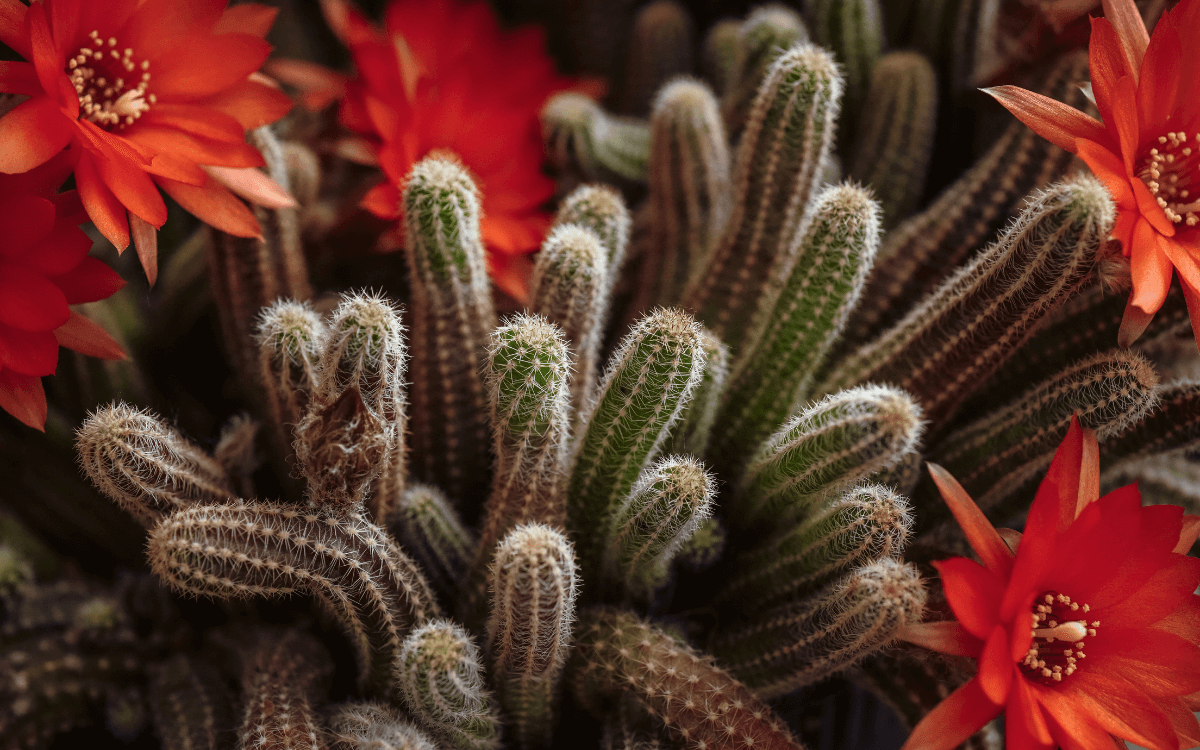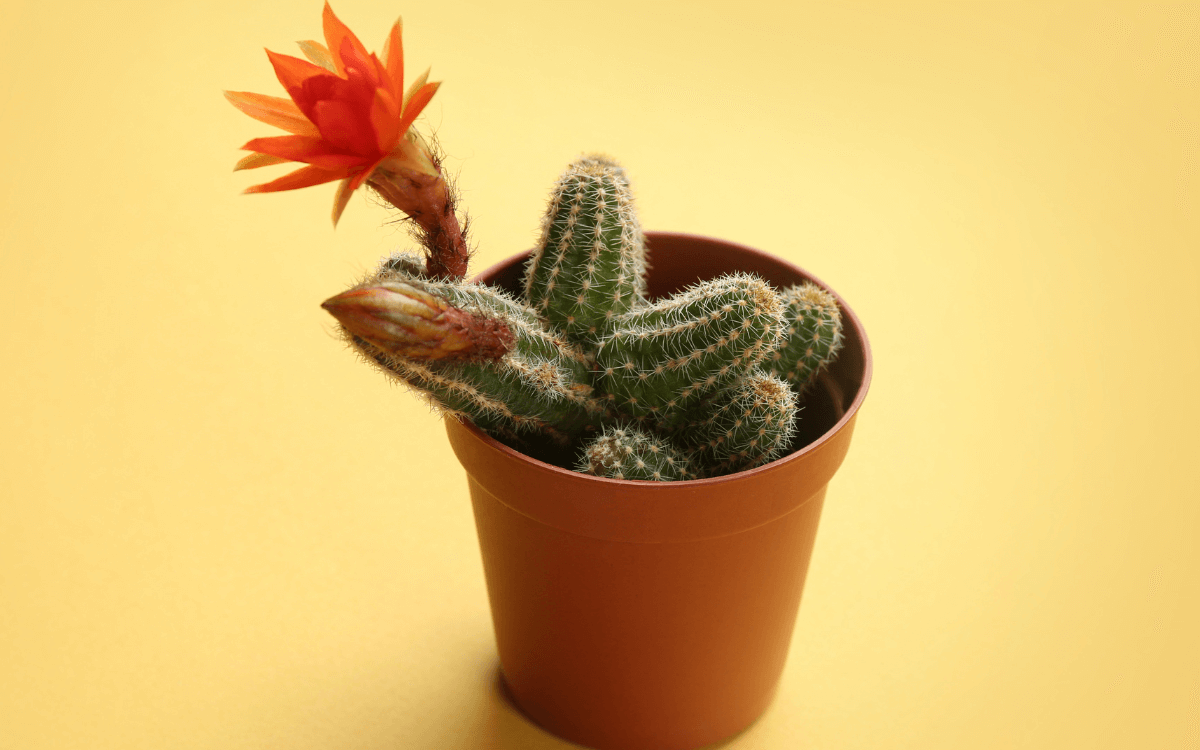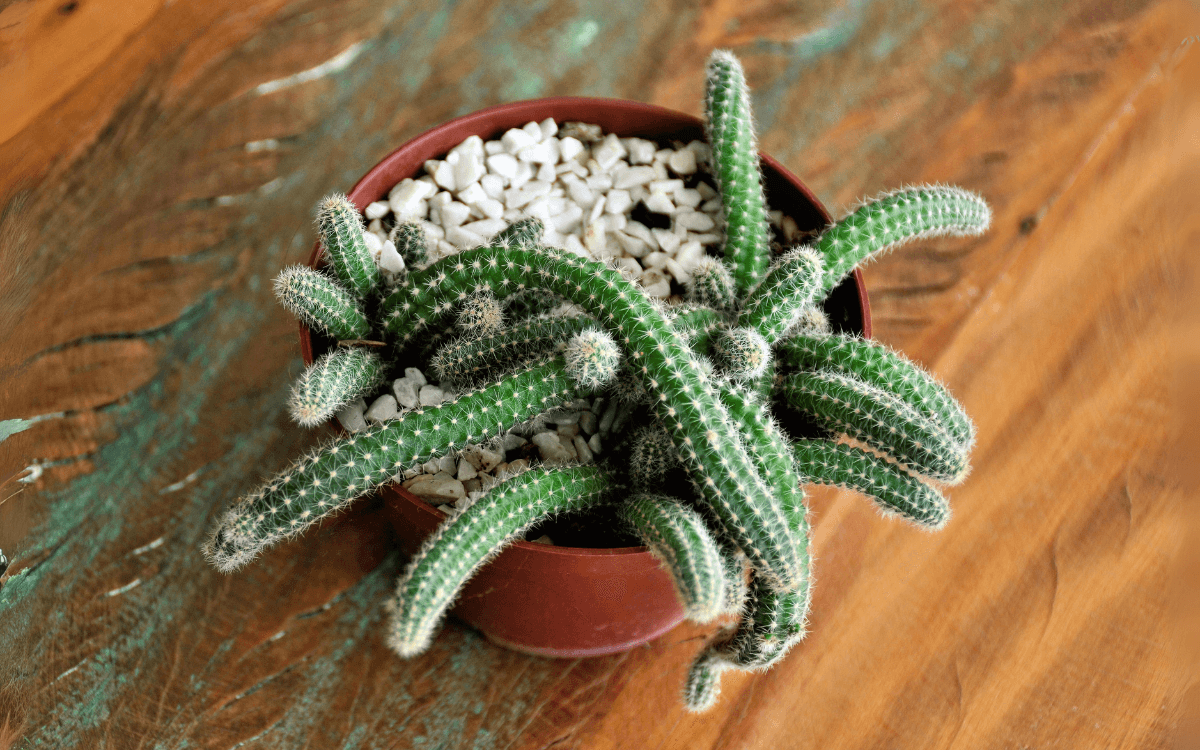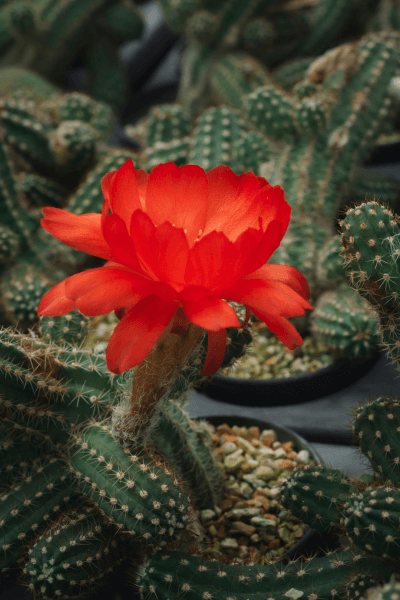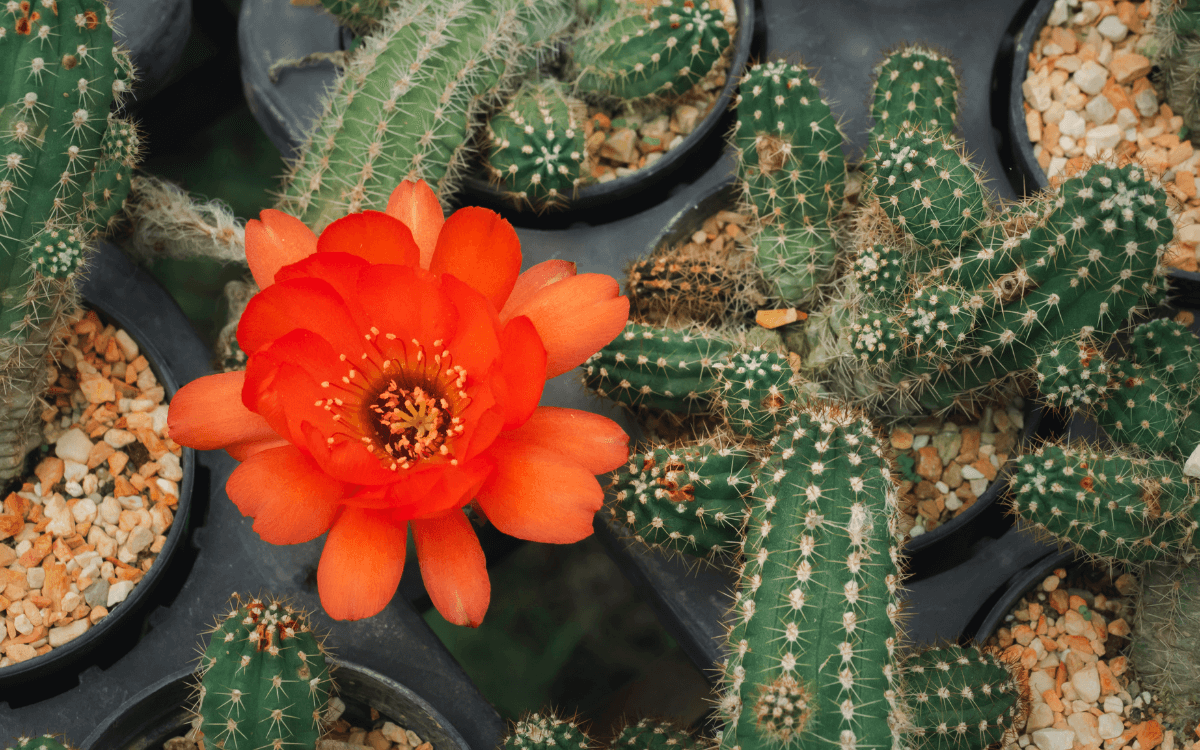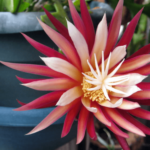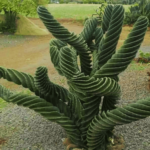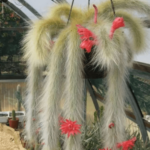Have you heard about the Peanut Cactus?
This cactus, scientifically known as Chamaecereus silvestrii, or Echinopsis chamaecereus, is native to the mountainous regions of South America.
As you can see in the photo below, this cactus has a curious shape that resembles a peanut.
Continue reading, as in this text you will learn about the characteristics, curiosities, and how to take care of this cactus.
Characteristics and Curiosities
The Peanut Cactus is a succulent plant that prefers warm climates.
The stems of this plant are green and cylindrical, growing in clusters, resembling the shape of peanuts or intertwined fingers.
The flowering occurs during spring and summer.
Its flowers are tubular, attract various species of pollinators, and usually have reddish or orange tones.
Below are some curiosities about this plant:
- Natural environment: In nature, the Peanut Cactus usually grows in the shade of taller plants, which can be a point to consider when deciding where to place your plant.
- Origin: The Peanut Cactus is native to northwestern Argentina and Bolivia and was first described in 1896.
- Flower duration: The flowers appear in a variety of vibrant colors and, although they last only a few days.
- Toxicity: This cactus is safe for humans, children, and pets in terms of toxicity. However, due to its spines, it is advisable to keep it out of reach of children and pets to avoid injuries.
- Scientific name: Chamaecereus silvestrii is a synonym for Echinopsis chamaecereus, both nomenclatures are correct for this cactus.
See below how to care for and make this plant bloom.
Temperature and Lighting
The Peanut Cactus thrives in direct sunlight conditions and needs at least 6 hours of daily exposure to grow and bloom well. However, in extremely hot climates, it is advisable to provide some shade to protect the plant from the most intense hours of sun.
Regarding temperature, this cactus prefers environments that maintain temperatures between 18°C (64°F) and 29°C (84°F). It is important to avoid exposure to temperatures below 10°C (50°F) or drastic changes, which can affect the plant’s health.
It can tolerate brief periods of cold, but it is important to protect it from frosts to prevent damage.
Watering and Humidity
The watering of the Peanut Cactus should be moderate, allowing the soil to dry completely between each watering session. During the winter, reduce the frequency of watering to minimize the risk of root rot.
This plant does not require a humid environment and adapts well to low humidity conditions, which simplifies its care in indoor environments and in drier regions.
Ideal Soil
The ideal soil for the Peanut Cactus must have excellent drainage. You can find for sale soils specially made for cacti, another option is a homemade combination of common earth, coarse sand, and perlite.
Make sure that the pot in which the plant is being cultivated has holes at the bottom to prevent water accumulation, which can cause root diseases.
Read also:
- Fishbone Cactus (Selenicereus anthonyanus) – Care Guide
- Monkey Tail Cactus: How to Care and Propagate
- How to Care for Cactus and Mini Cactus (7 Simple Steps)
How to Fertilize
To ensure healthy growth and vibrant flowers, fertilize the Peanut Cactus with a balanced fertilizer for cacti and succulents, applied in spring and summer.
Avoid fertilizing in winter, as the plant is in its dormant period and excess nutrients can be harmful.
Replanting
When planting or replanting the Peanut Cactus, choose a pot with adequate space for the roots to expand.
Replanting is recommended when the plant becomes too large for the current pot, and also to renew the soil and check the state of the roots.
Care with Pests
To keep your Peanut Cactus healthy, watch for signs of pests such as mites and scale insects. Treat infestations with products specific for cacti and always check the overall health of the plant regularly.
Additionally, make sure that the plant is not exposed to cold drafts or extreme heat from heaters, as this can cause stress to the plant.
By following the care described in this article, you will be able to keep your cactus healthy and ready to bloom.
If you have any questions, leave a comment below and, if you liked the text, share it on your social networks.
See you next time 😀

